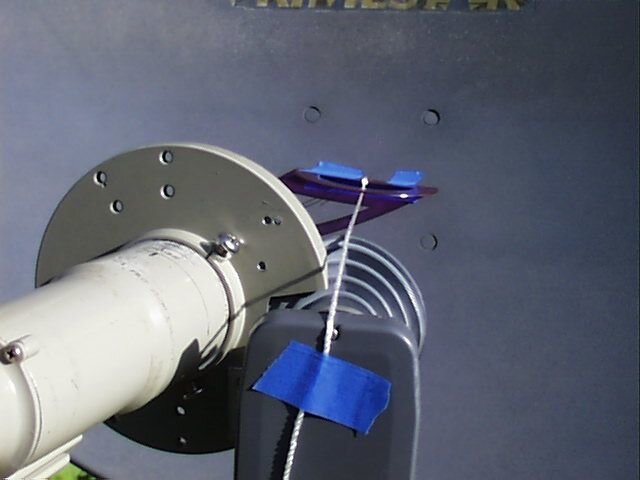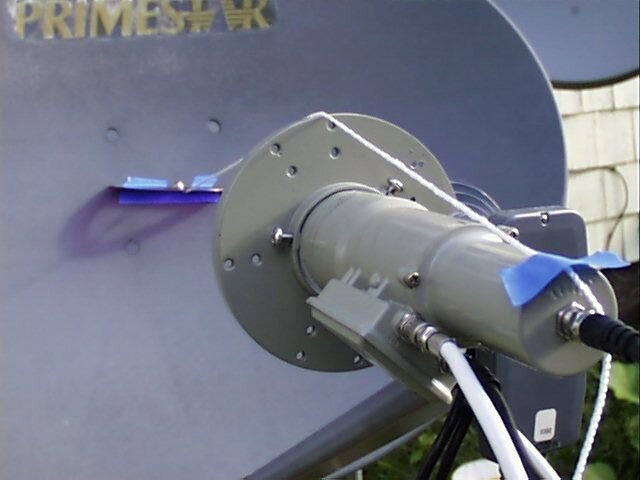Dreanfox1-
Use these values to double check your setup. See Screen Shots.
The protractor is very accurate and takes into account for slop and manufacturing error in Post, motor and dish.

50.42 minus 24.62 degree dish offset = 25.8 on protractor. With motor at zero.
All the SG2100 motors have a problem with the motor bracket deforming as you tighten the clamps down. Some of the brackests are made with lopsided arms. What you can do to correct this is make a rigid backer plate out of electrical box covers 4" x 4" with four holes drilled in them for the clamp rods. Then use flat washers 5/16" id X 6 at each hole. Place the washers between the bracket and the plates and double nut everything. If you need more help with that search sg2100. Stogie posted some pictures of his method.

On the dish protractor you should read the dish elevation from the screen shot at
www.satsig.net 50.42 degrees. 50.42 minus 24.62 degree dish offset = 25.8 on protractor. With motor at zero.
The manual says your bracket elevation should be 56 degrees which is what your picture shows, but it is better if you use the Latitude scale on the other side of the bracket set to 34 degrees.
Your dish bracket angle should be about 24.5 degrees. But use the protractor and set the dish elevation bracket to what the protractor says. Completely disregard Declination. !sadroll

Yes, you set the pole plumb and level. but put a torpedo level across the top of the motor at the two cast lugs and check level again. Also check the back of the motor clamps for plumb.





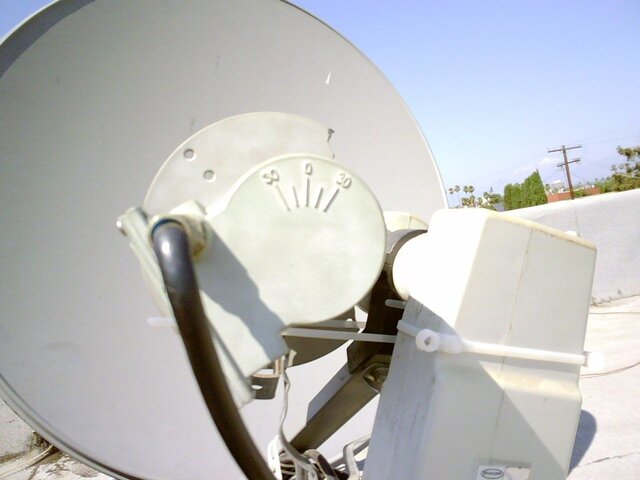
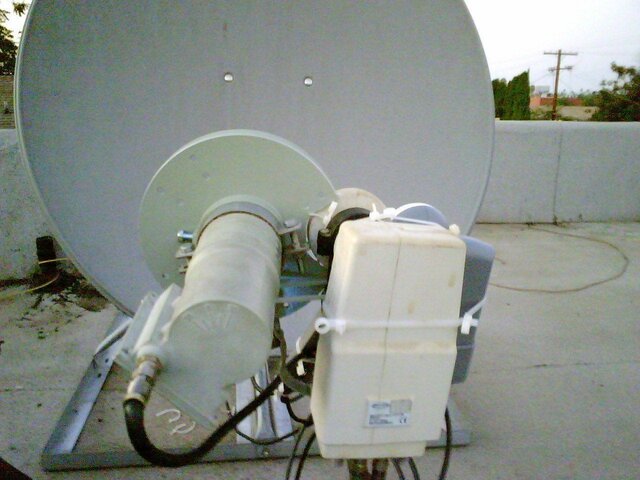

 Yes, you set the pole plumb and level. but put a torpedo level across the top of the motor at the two cast lugs and check level again. Also check the back of the motor clamps for plumb.
Yes, you set the pole plumb and level. but put a torpedo level across the top of the motor at the two cast lugs and check level again. Also check the back of the motor clamps for plumb.
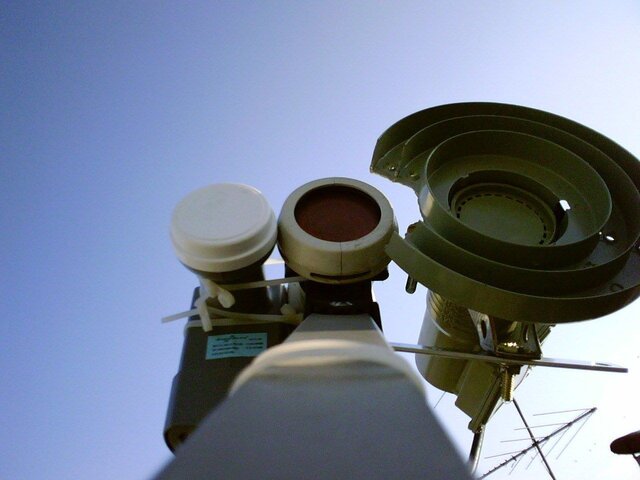
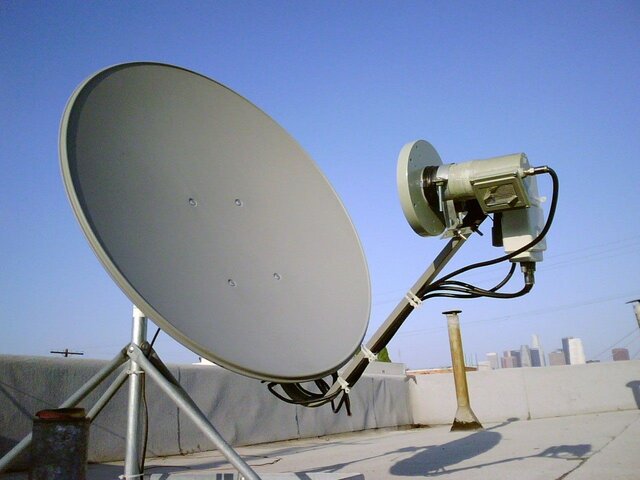
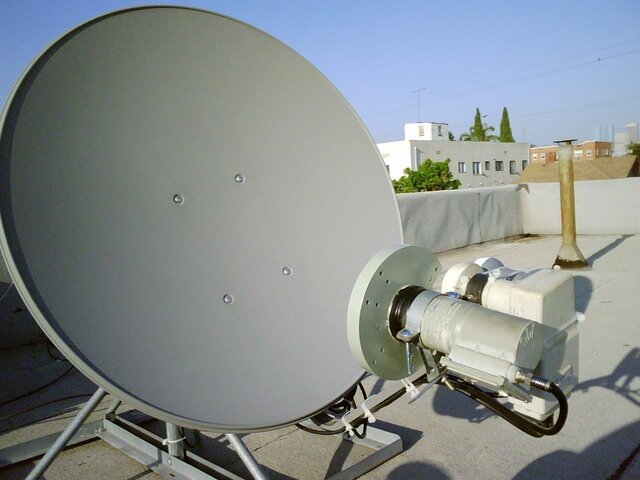
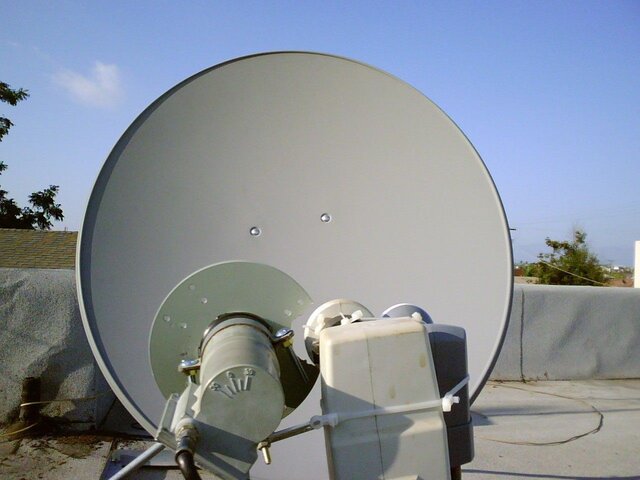
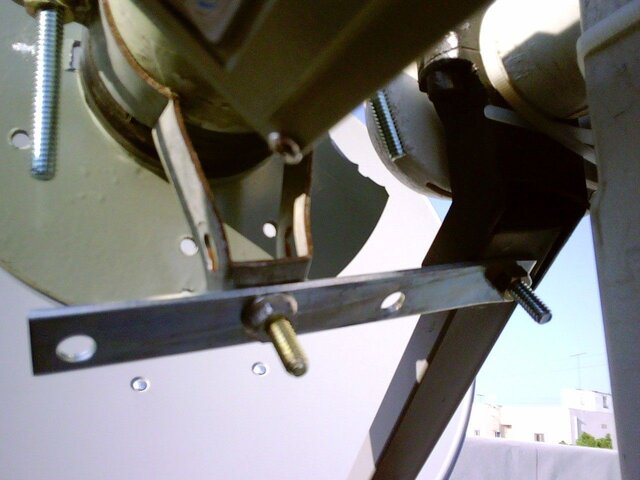





 :
:


